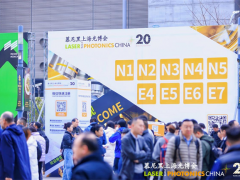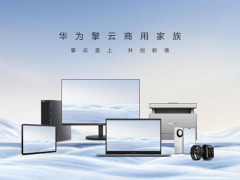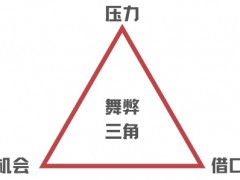據世界石油5月17日倫敦報道,荷蘭政府已告知包括荷蘭皇家殼牌公司和埃克森美孚公司在內的企業聯合,它將在未來幾年花費高達21億歐元(26億美元)將該國產生的部分碳排放埋到地下。
鹿特丹港的這個項目每年可以將大約250萬噸的二氧化碳儲存在海底枯竭的天然氣田中。港口發言人Sjaak Poppe稱,涉及的四家公司——殼牌、埃克森美孚、液化空氣公司和空氣產品與化學公司——將獲得政府對該計劃的支持。
鹿特丹港口去年產生了2240萬噸二氧化碳,約占該國年排放量的14%。這個碳捕集項目被稱為Porthos,它將把公司煉油廠和制氫廠的污染捕獲在一個共享的網絡中。然后,這些氣體將被壓縮并通過管道運輸到海岸外,然后被泵入海床下三公里處的砂巖儲層,這里曾經儲存著天然氣。
集成化的方式是將多個設施整合到一個單一的網絡中,這是一種越來越受歡迎的方式,可以分擔建立碳封存設施的成本,并增加可以使用這些設施的排放者的數量。同樣得到政府資助的挪威和英國也在推行類似的模式。荷蘭的補貼旨在防止四家公司因建造“碳捕集中心”而蒙受損失。
盡管這些資金已被用于加快采用氣候友好型技術,但在過去十年中,碳捕集項目獲得的資金只占各國政府在可再生能源、電動汽車或電池領域投入的資金的很小一部分。隨著政策制定者將注意力轉向減少工業部門的排放,這種情況開始改變。在工業部門,碳去除正迅速成為最經濟的解決方案之一。
Poppe稱:“政府已經向想要參與這個項目的四家公司明確表示,政府將填補碳排放交易體系和項目實際成本之間的缺口。”
裘寅 摘譯自 世界石油
原文如下:
Dutch government invites Shell, Exxon to join $2.6B subsea carbon storage plan
The Dutch government has told a consortium of companies including Royal Dutch Shell Plc and Exxon Mobil Corp. that it will spend as much as 2.1 billion euros ($2.6 billion) in the coming years to put some of their carbon emissions underground.
The project at the Port of Rotterdam could sequester about 2.5 million metric tons of carbon dioxide annually by storing it in depleted gas fields in the seabed. The four companies involved—Shell, Exxon, Air Liquide SA, and Air Products and Chemicals Inc.—will receive state backing for the plan, according to Sjaak Poppe, a spokesman for the port.
Rotterdam port generated 22.4 million tons of carbon dioxide last year, about 14% of the country’s annual emissions. The carbon-capture project, known as Porthos, will trap pollution from the companies’ oil refineries and hydrogen production plants in a shared network. The gases will then be compressed and transported by pipes off the coast and pumped into a sandstone reservoir three kilometers below the seabed that once held natural gas.
The hub approach, where multiple facilities feed into a single network, is an increasingly popular way to share the costs of establishing a carbon storage facility and boost the number of polluters that can use it. Similar models are being pursued in Norway and the U.K., also supported by government funding. The Dutch subsidy is designed to prevent the four companies from incurring losses for building the hub.
While such funding has been used to accelerate the adoption of climate-friendly technologies, carbon-capture projects have received only a tiny fraction of what governments have poured into renewables, electric cars or batteries over the past decade. That’s starting to change with policy makers turning their attention to reducing emissions in the industrial sector, where carbon removal is fast becoming one of the most economical solutions.
“The government has made it clear to the four companies that want to be a part of this project,” Poppe said. “The government will fill the gap between the emissions trading system and the actual cost of the project.”
免責聲明:本網轉載自其它媒體的文章,目的在于弘揚石化精神,傳遞更多石化信息,并不代表本網贊同其觀點和對其真實性負責,在此我們謹向原作者和原媒體致以敬意。如果您認為本站文章侵犯了您的版權,請與我們聯系,我們將第一時間刪除。







